Kanazawa is a city of about 470,000 people located on the coast of the Sea of Japan, in the centre of Honshu island. During the Edo period Kanazawa was the home of the second most powerful feudal clan and became a town of great cultural significance, rivaling Kyoto and Tokyo. It was also the second largest city (after Kyoto) to escape destruction from air raids during WWII meaning that many of the cultural monuments remain in good condition.
Kanazawa Castle and Kenrokuen Garden date back to the mid-1500s. We entered via the Nezumitamon Gate and the Gyokusen’inmaru Garden, dedicated to the wife of the second feudal lord to inhabit the palace. In the early morning it had the beautiful calm feel of a Japanese garden – sometimes its nicer to experience from the outside.
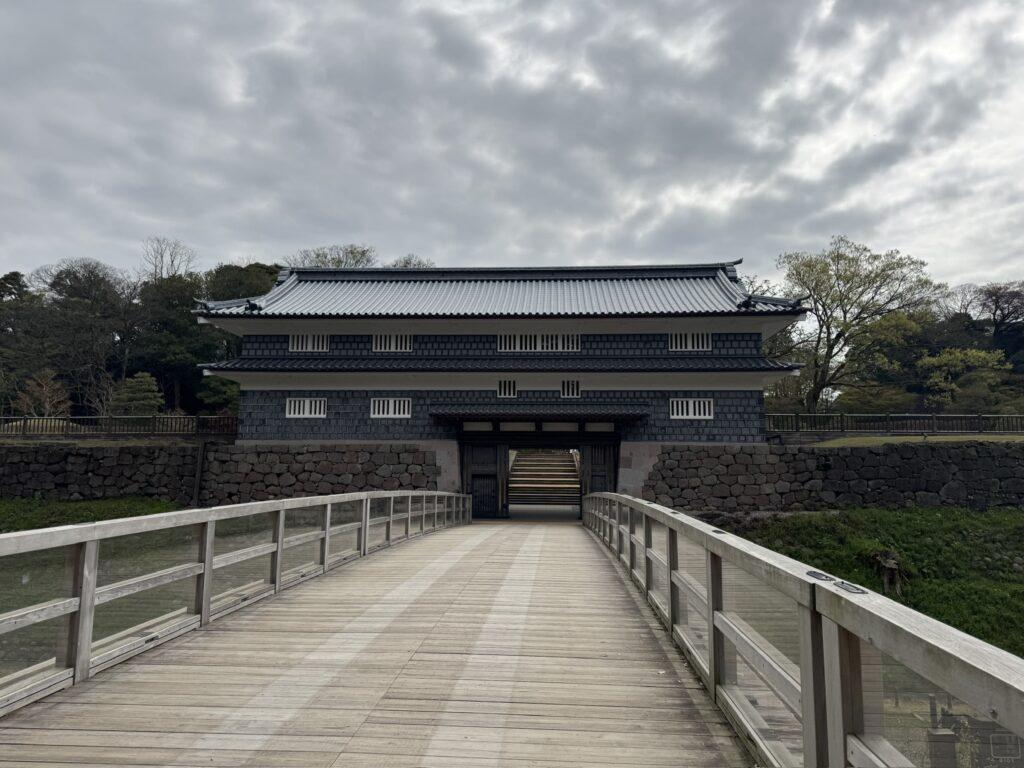
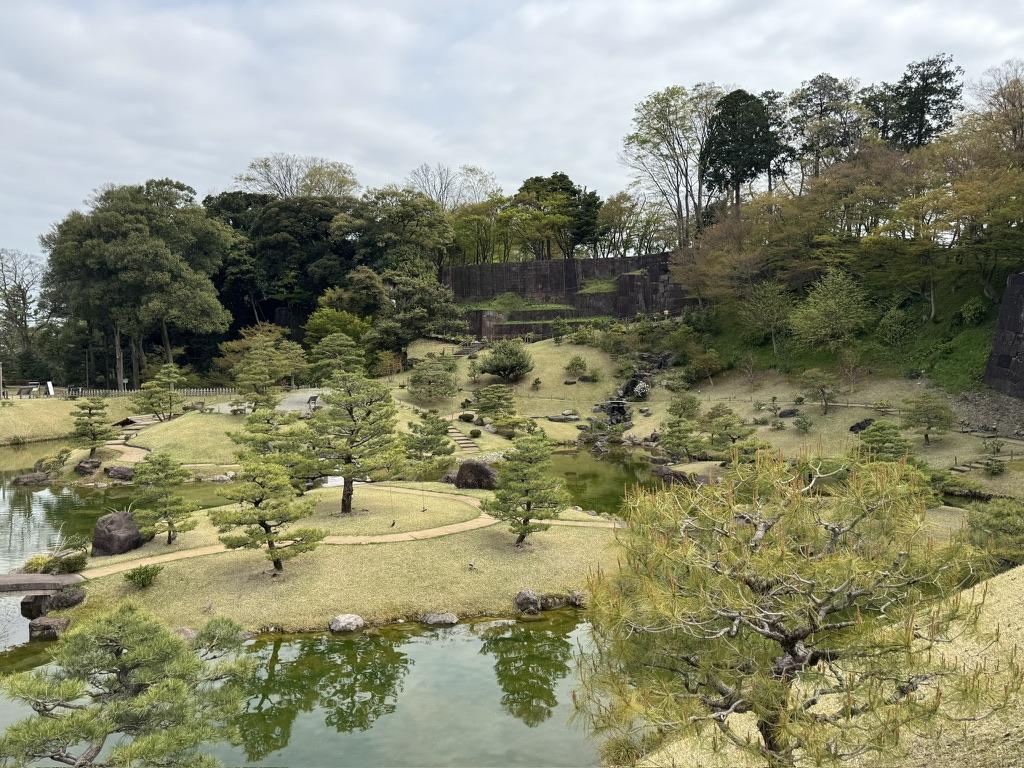
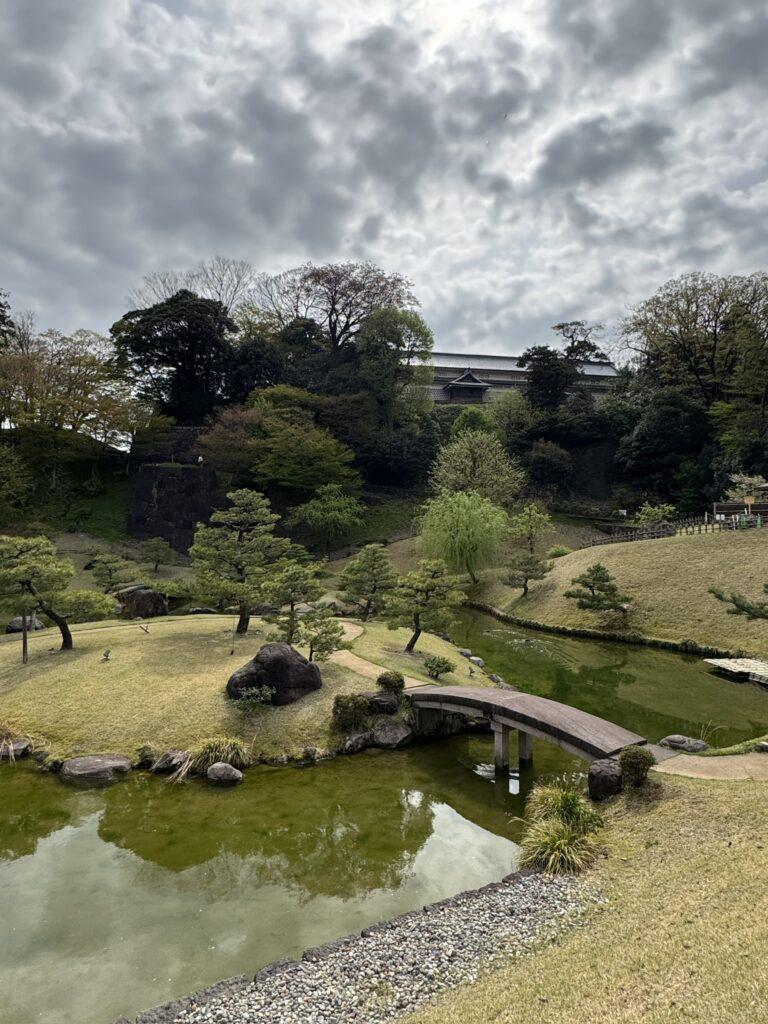
The Castle turrets and storehouse ‘Hishi yagura and Gijikken nagaya’ house the current museum. From the outside, the buildings balance simplicity with craftsmanship and presence. The Japanese didn’t have the same desire for ‘flashy’ as leaders elsewhere in the world, and this seems to has continued throughout history.
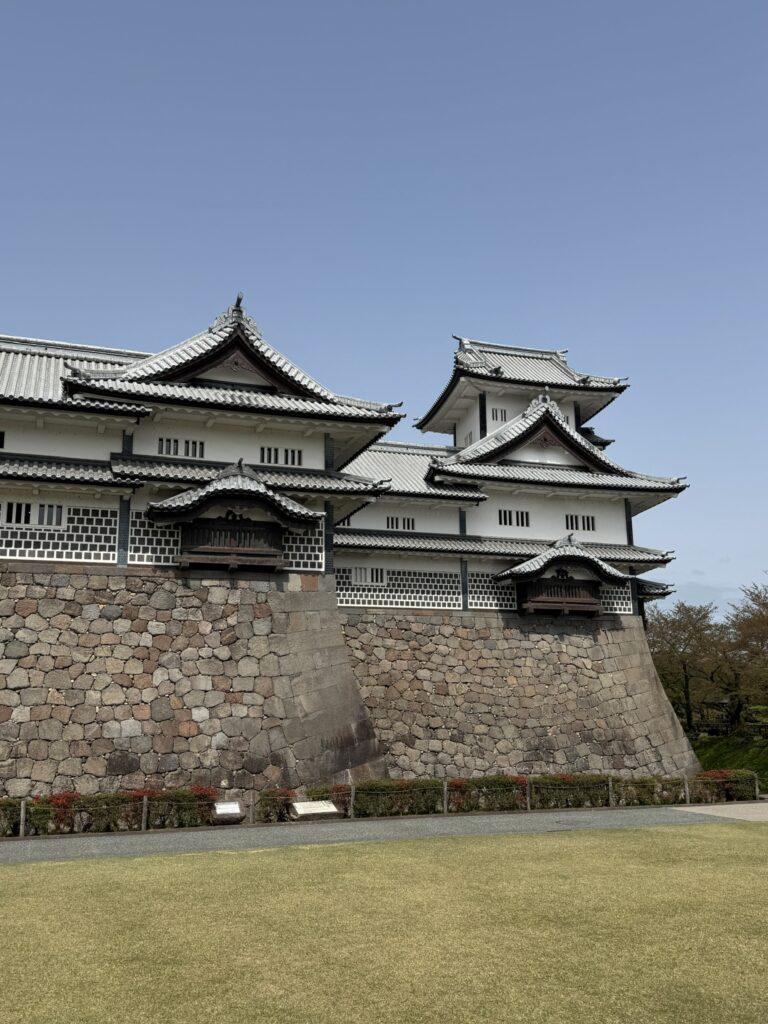
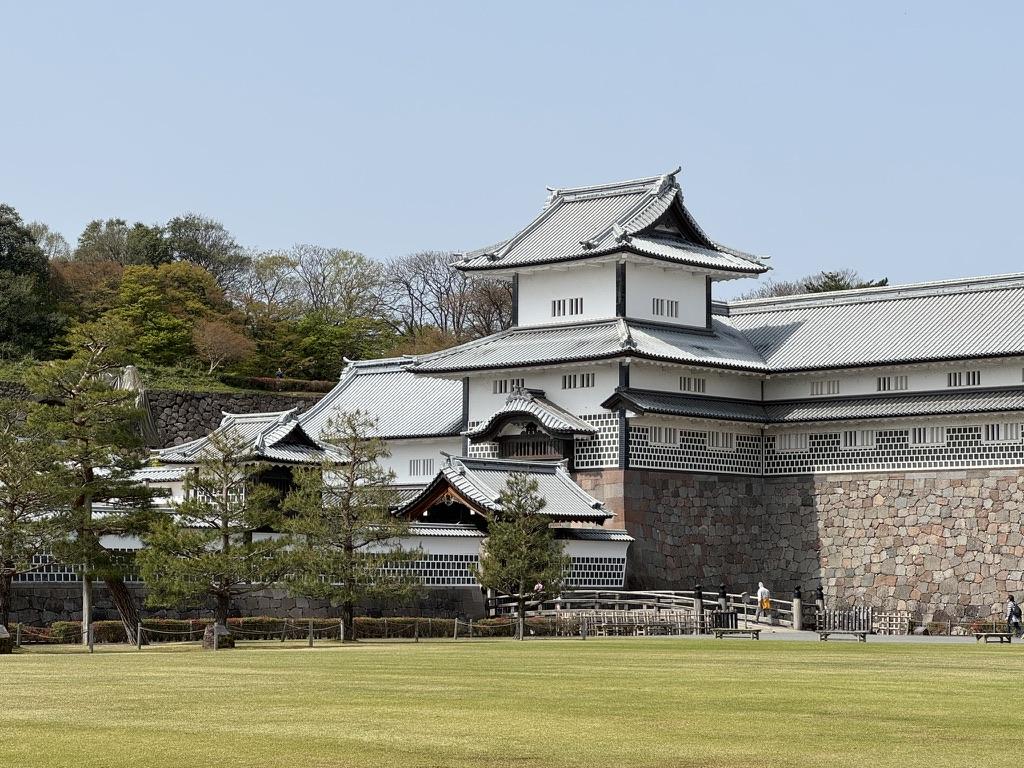
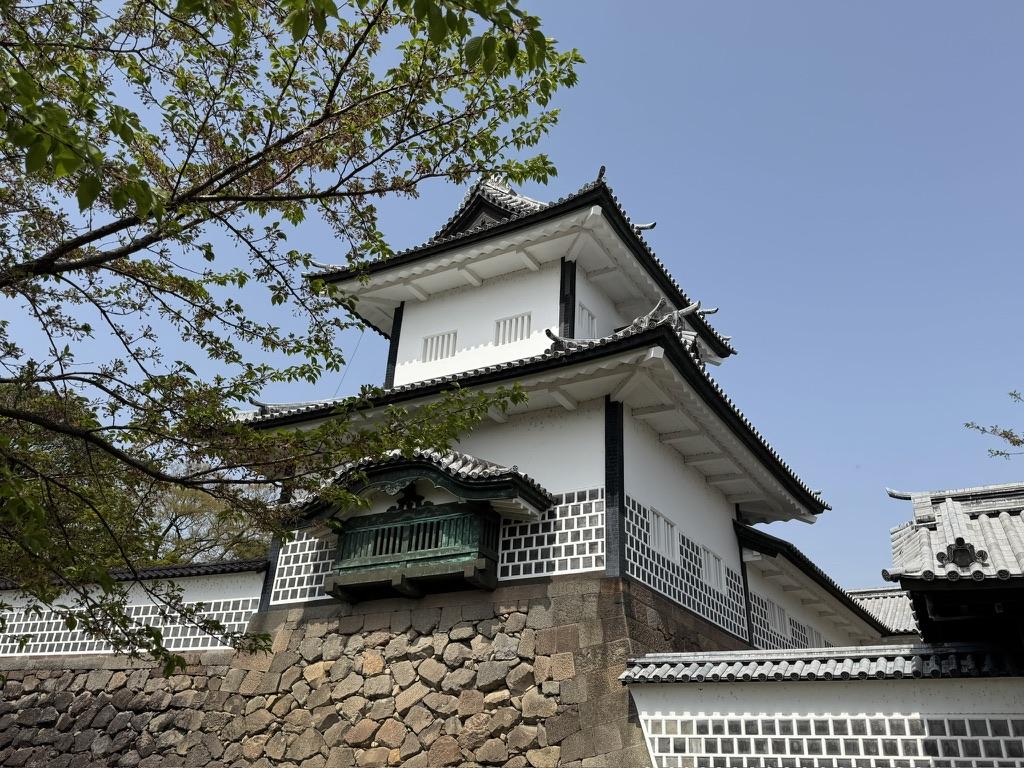
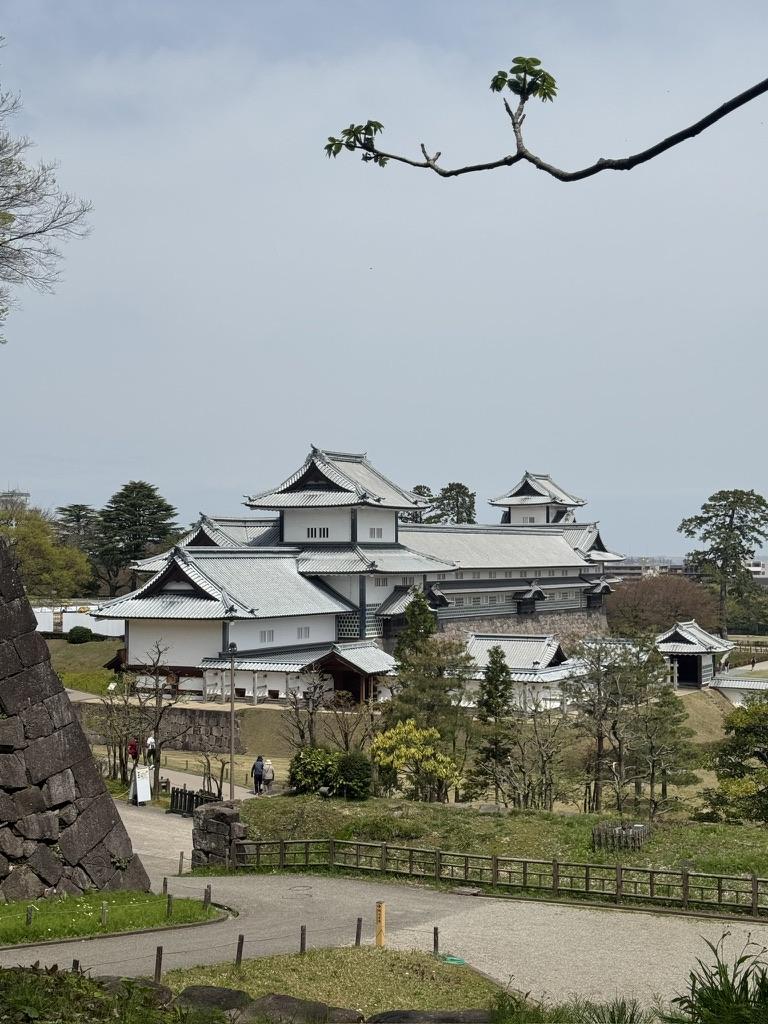
The Castle museum inside was restored in 2001. It showed the wooden construction methods… these were true master craftsmen, using timber like puzzles to build without screws that withstands the frequent movement of the earth in this area. I also like the special window that juts out, allowing space to throw rocks at anyone who tries to climb the walls. Practical really!
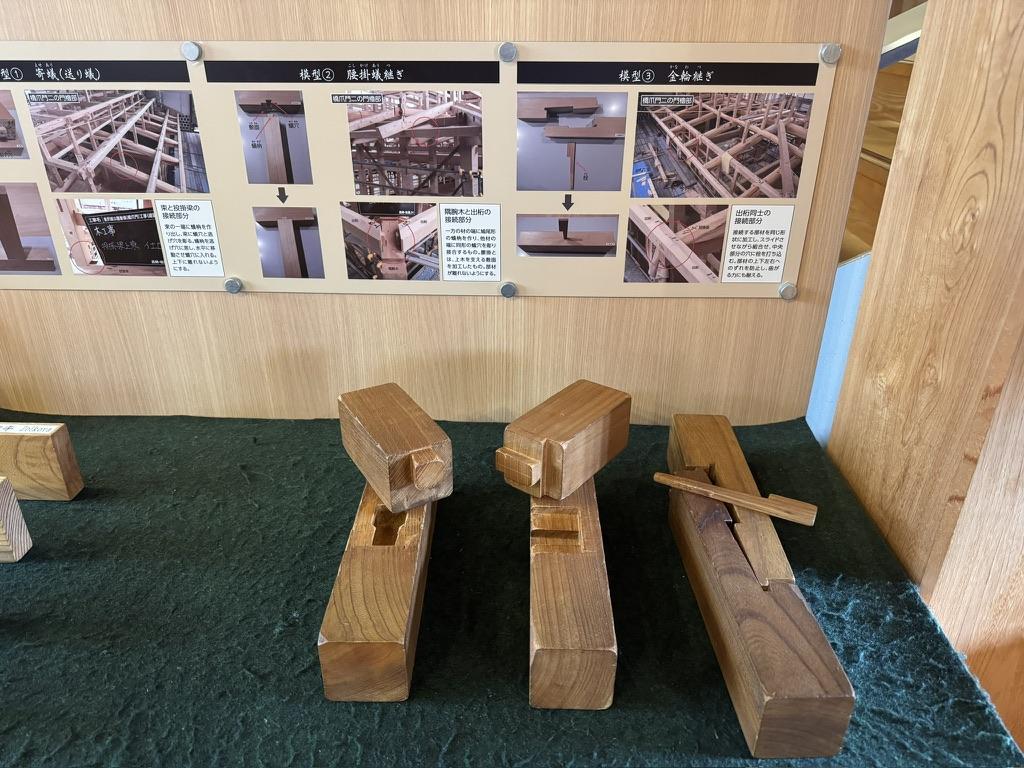
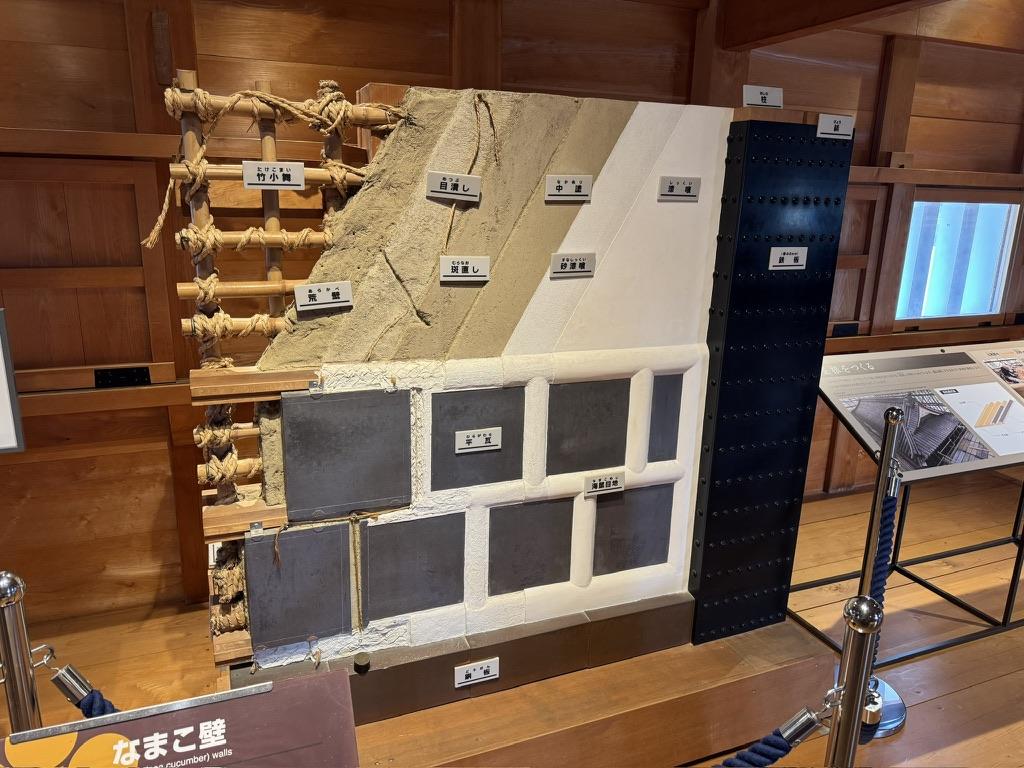
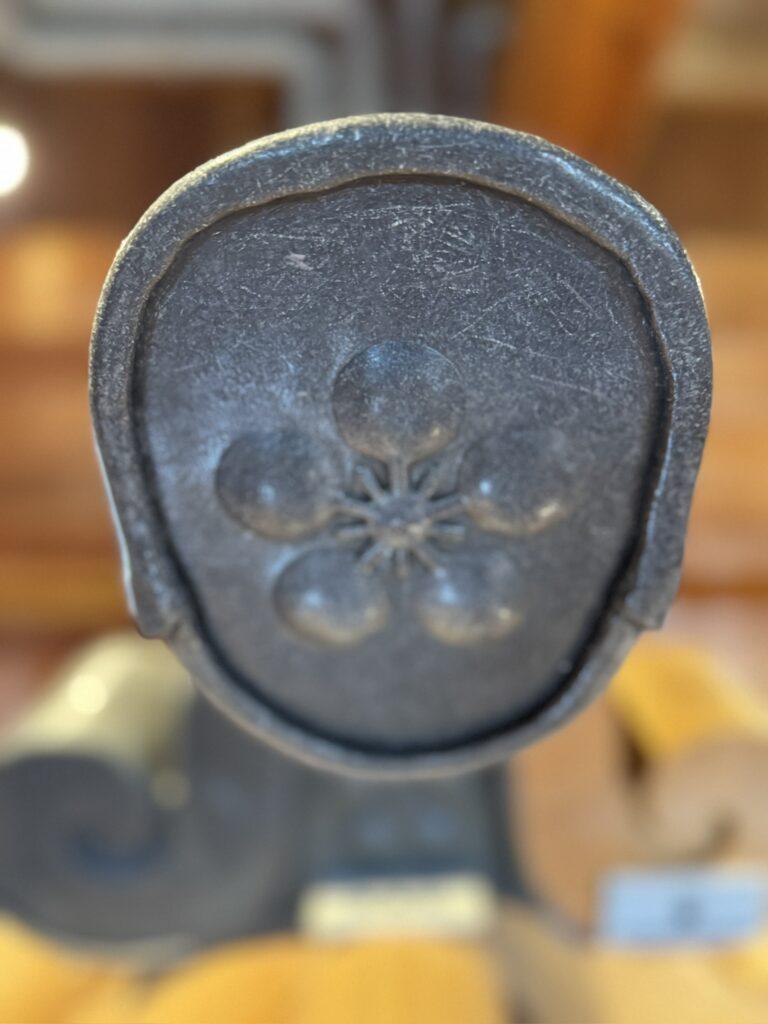
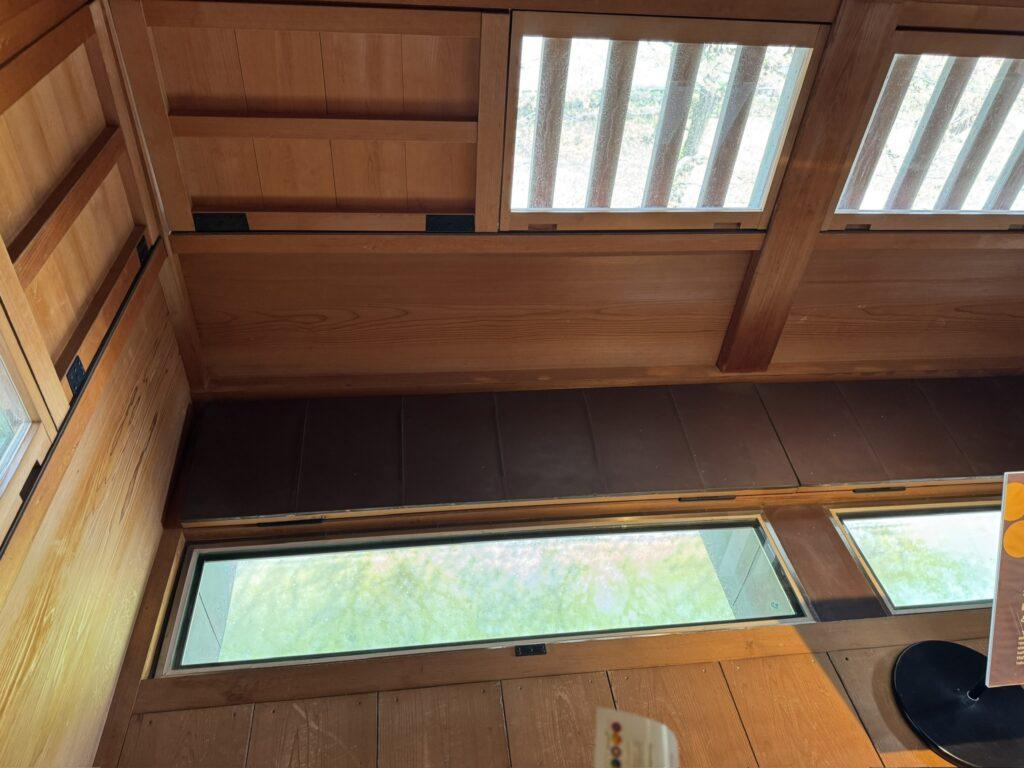
Kenrokuen Garden is considered to be the most beautiful landscape garden in Japan, and it’s easy to understand how it retains that title. It’s expansive, lush, and immaculately maintained. The garden is based on three sets of contrasting garden elements – spaciousness v seclusion, artifice v antiquity, and water-courses v panoramas. This gave its name Ken (combined) roku (six) en (garden).
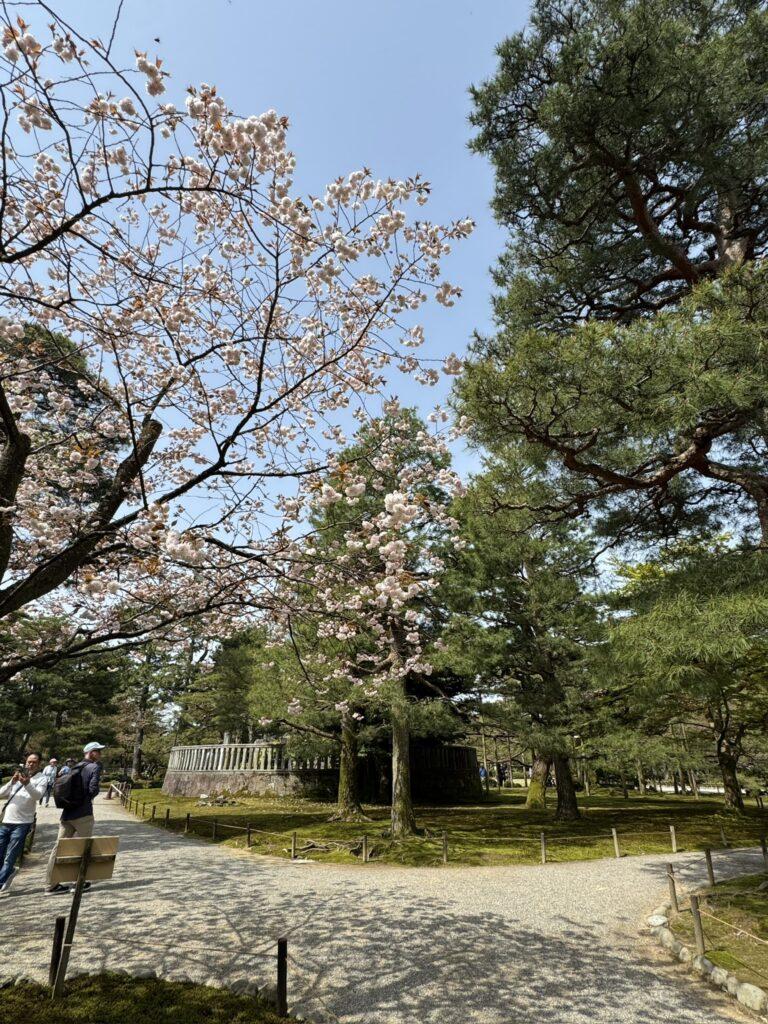
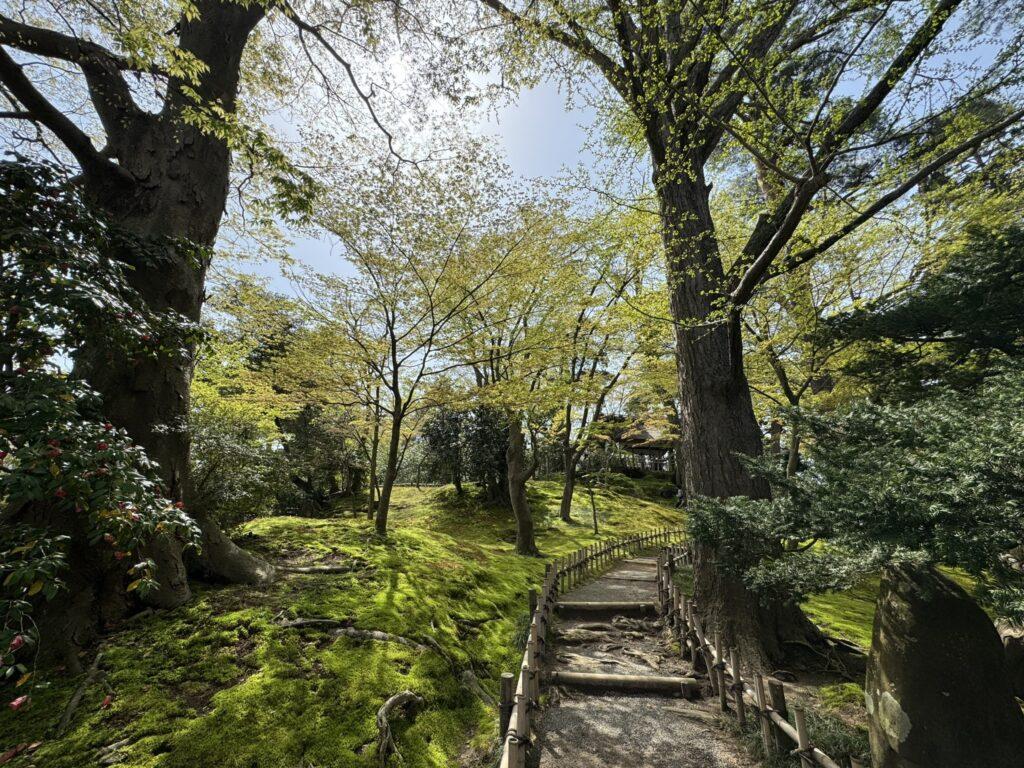
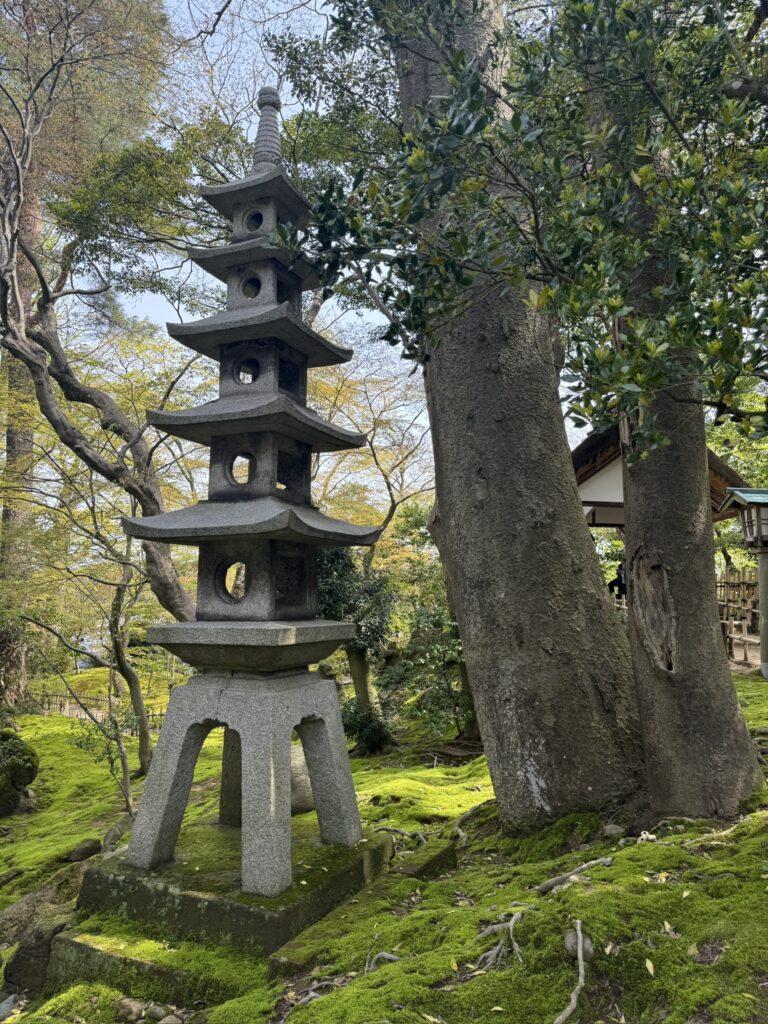
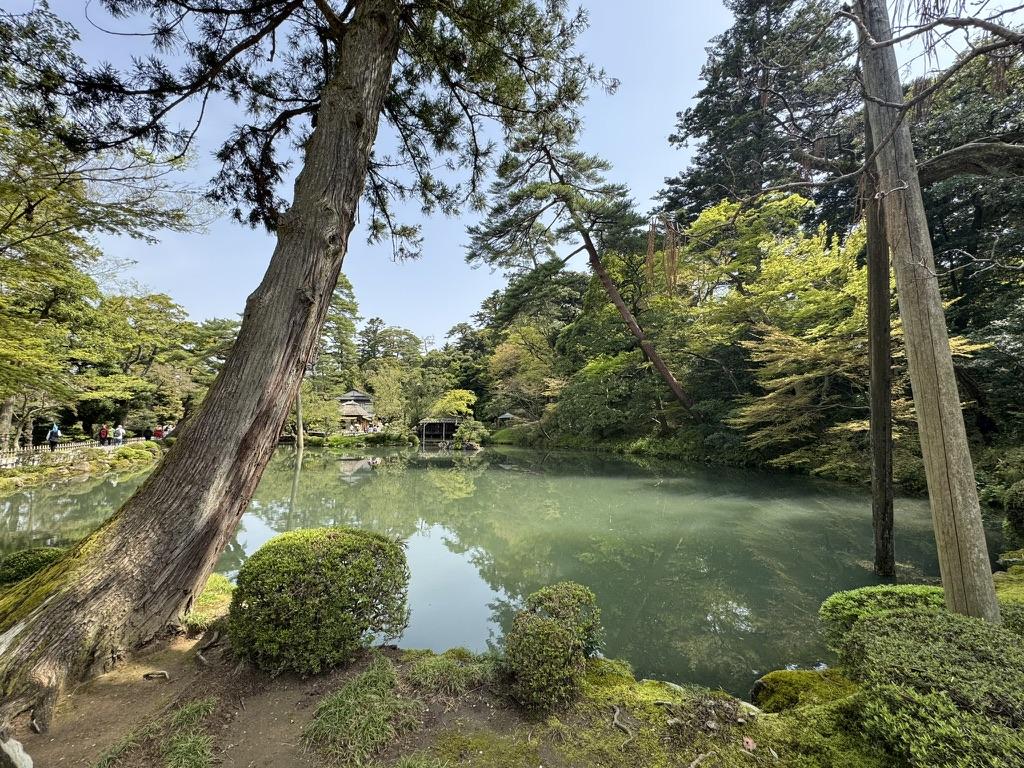
It’s warm here, and the cherry blossoms have made way for green leaves in many places. The weeping cherry blossom and Japanese Maple still stood out. The seasons would be so beautifully distinct and prominent in this garden.
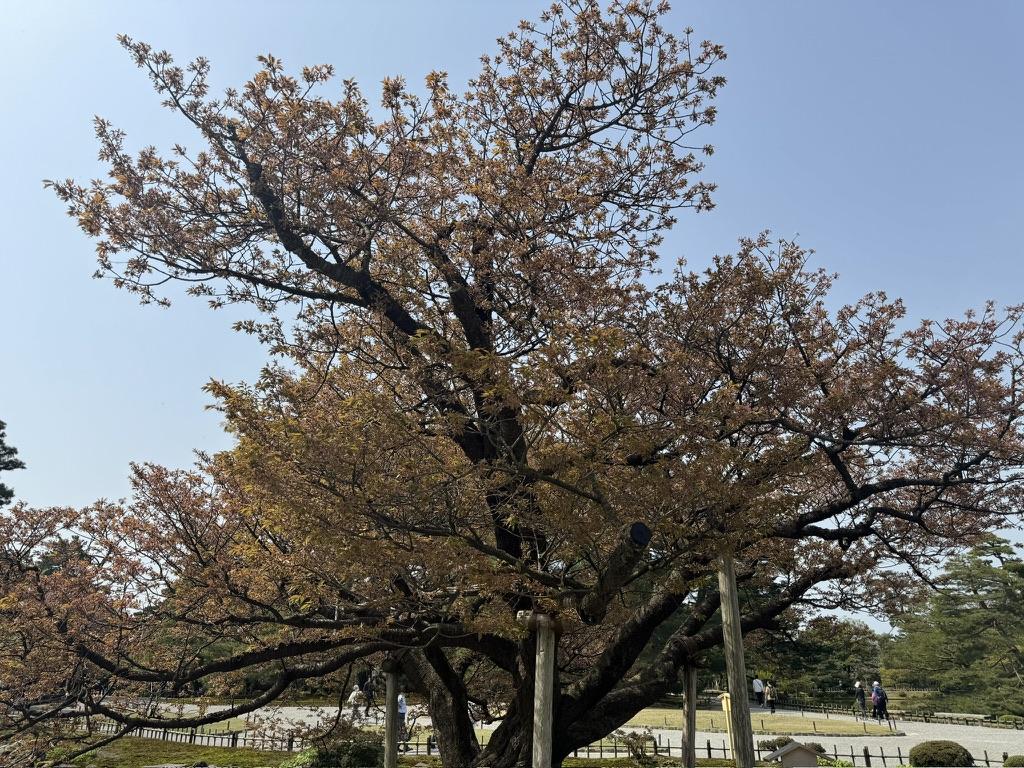
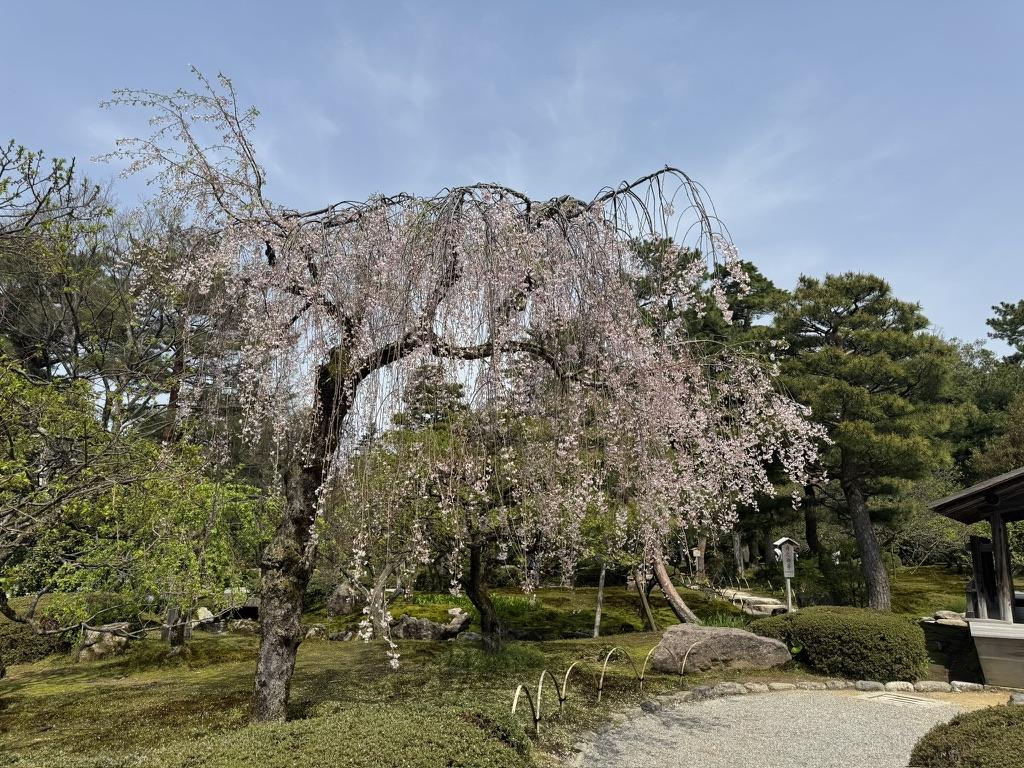
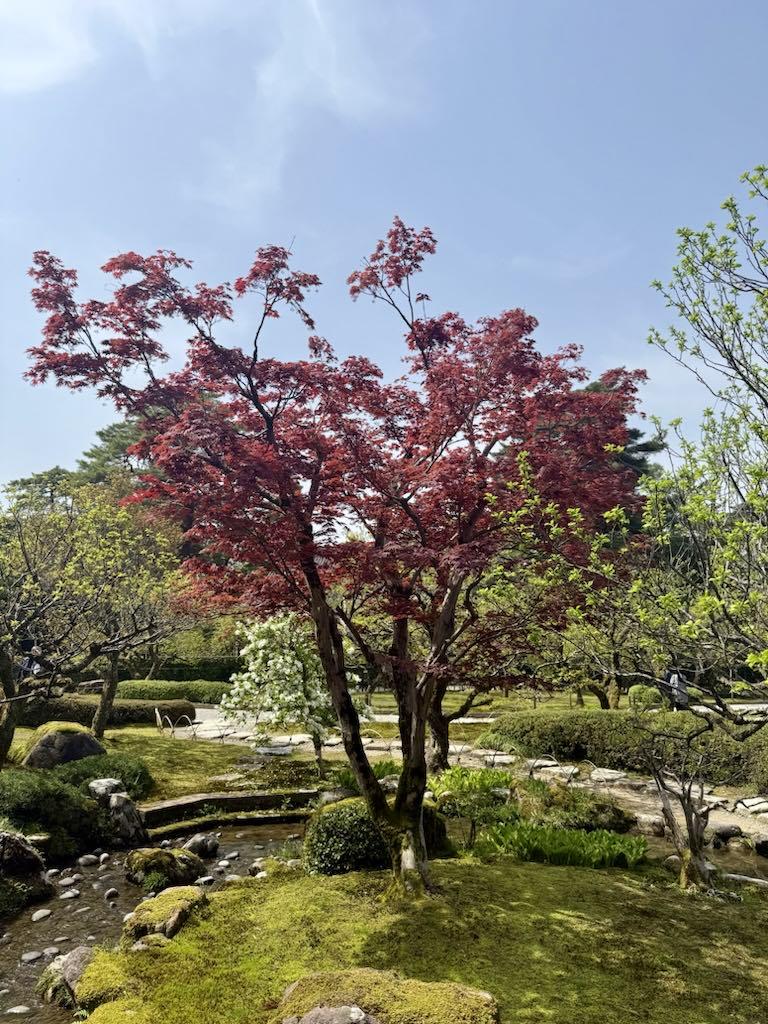
We had a great tip-off about a coffee shop in Kanazawa – Cubbyhole (thanks Levi!). Turns out it’s run by a Japanese couple who lived in Brisbane for three years. The coffee was good, and they were quick to provide recommendations for meals in the coming days.
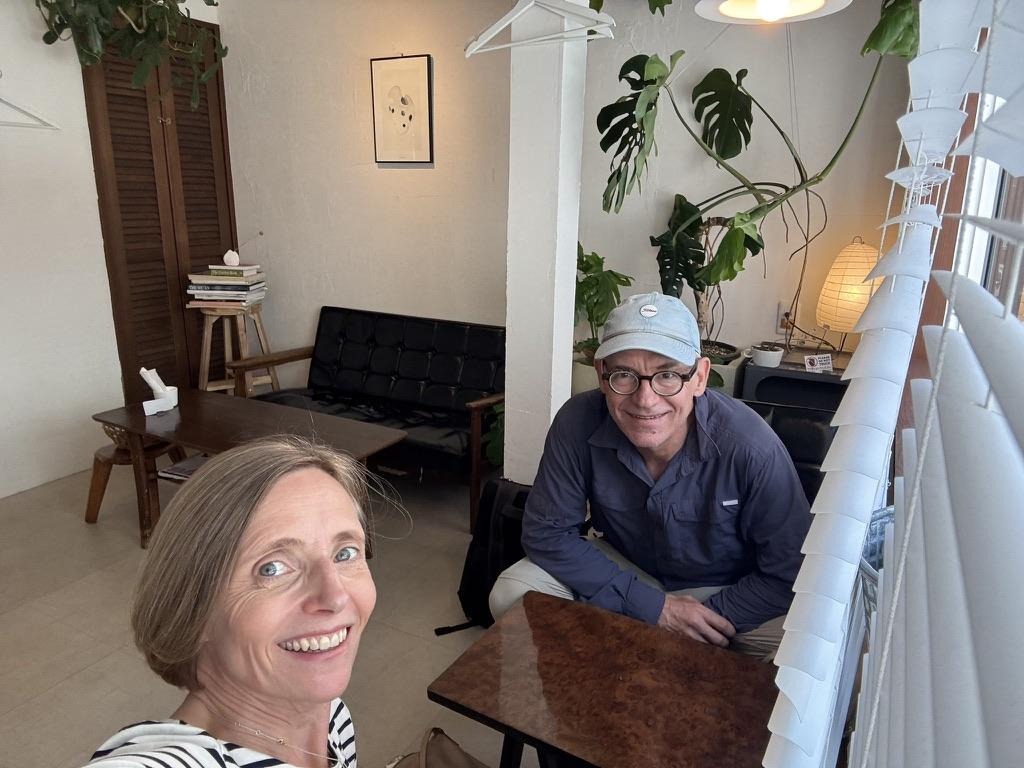
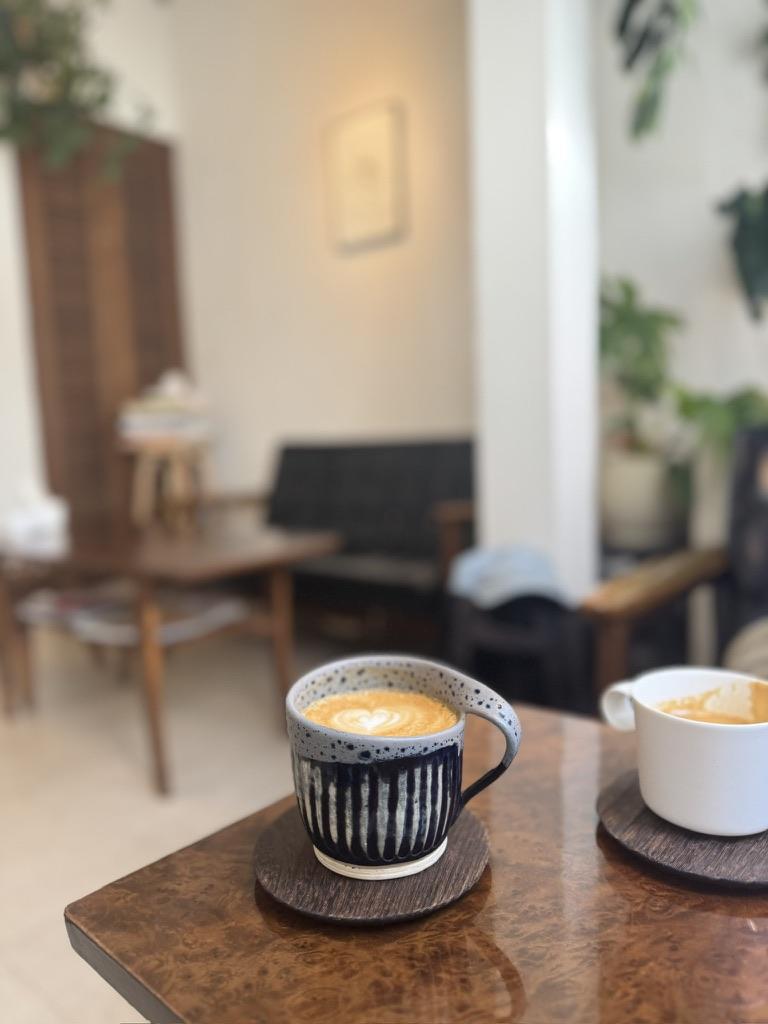
The afternoon was spent in Namagachi – the district where samurai and their families used to reside. It features narrow lanes, earthen walls with private entrance gates to residences and water canals.
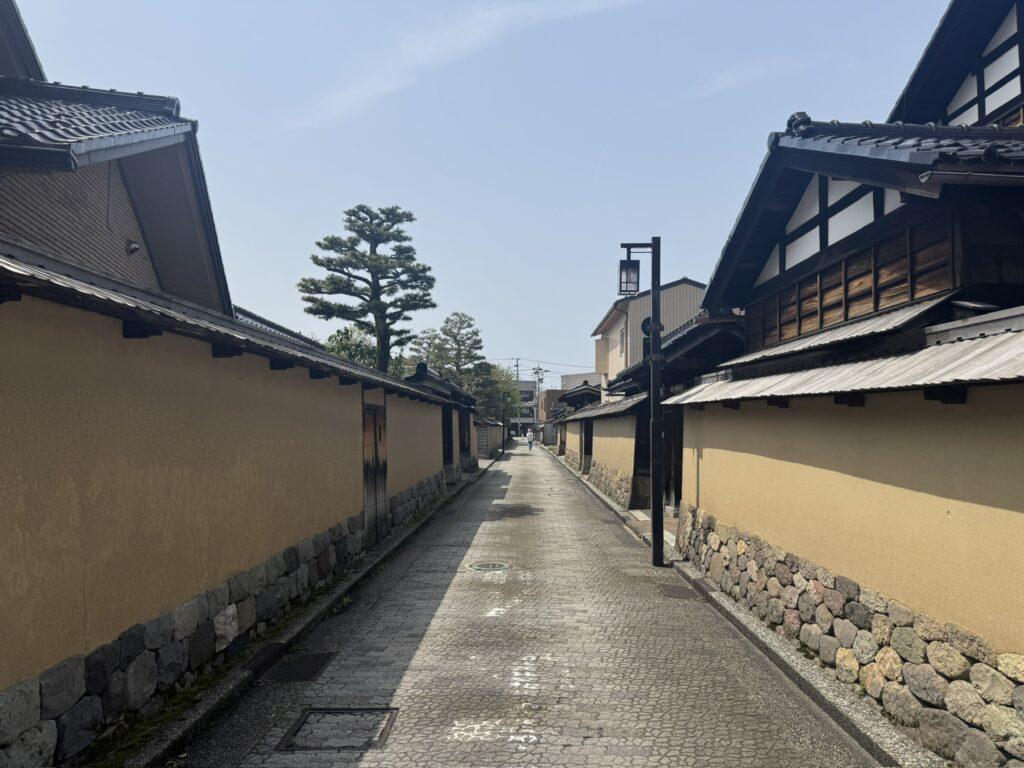
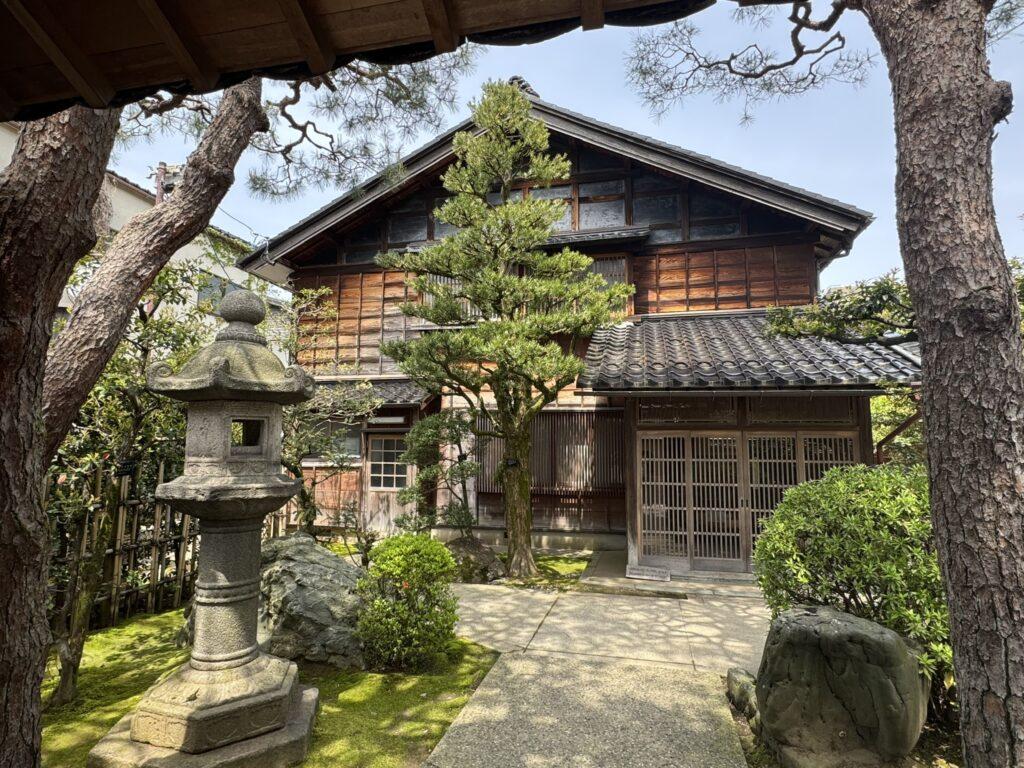
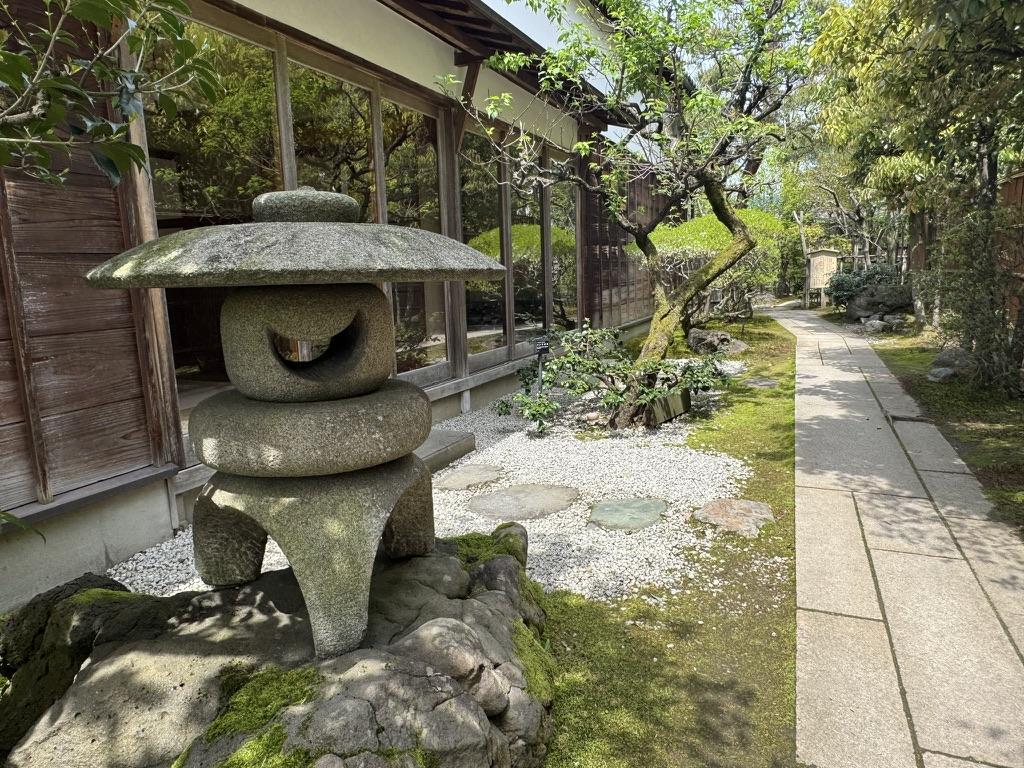
When Lord Maede Toshiie took over Kanazawa castle in the late 1500s, he laid the foundations for 300 years of peace and prosperity. At the time he granted large rice yield to Nomura, one of his high ranked followers. The Nomura-ke house managed to survive the break up of the feudal system and subsequent destruction and sale of samurai houses. It was eventually purchased by a local business owner who modified and preserved the building and gardens. Today it’s a small museum with a tiny garden out the back… love the simplicity.
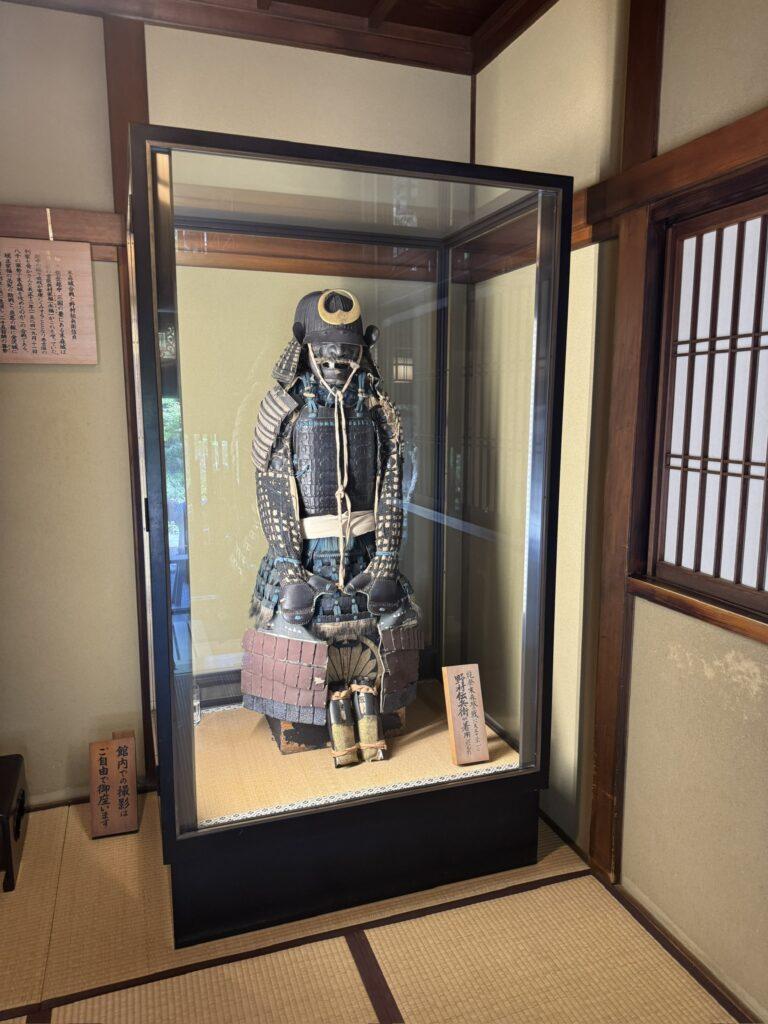
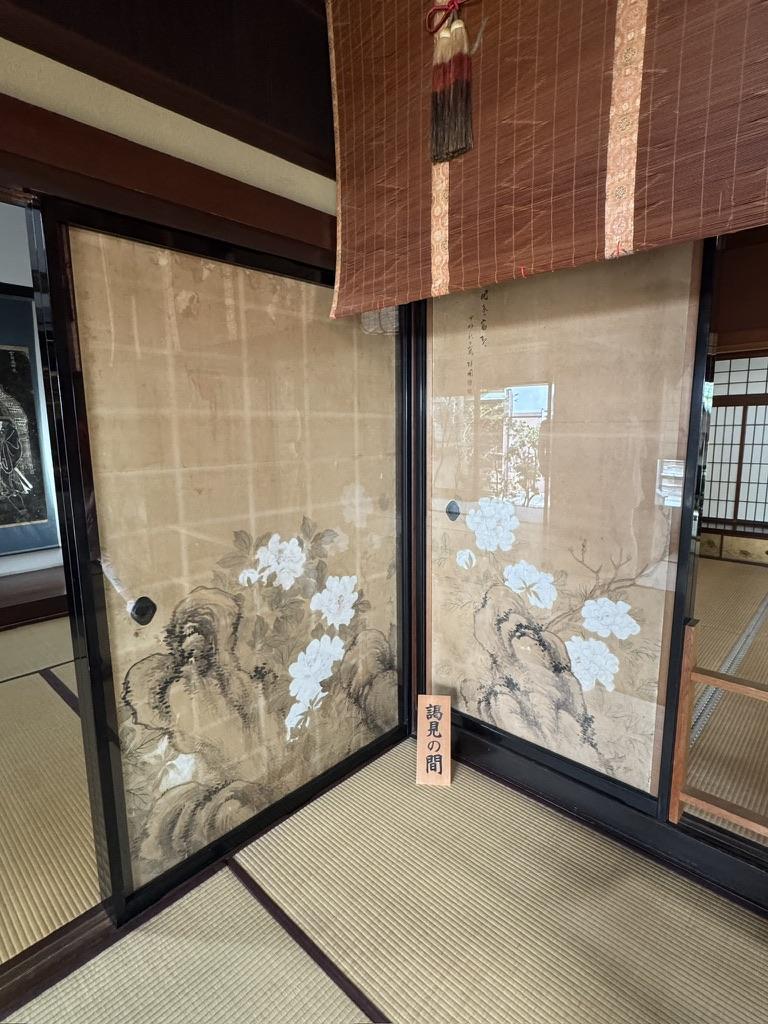

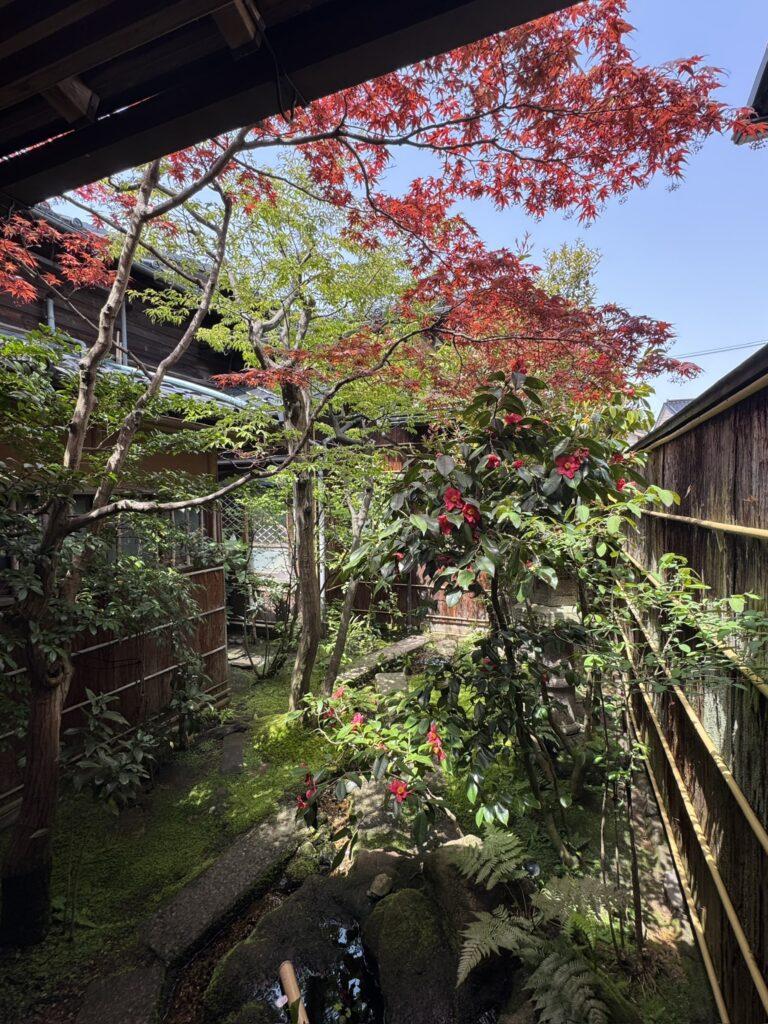
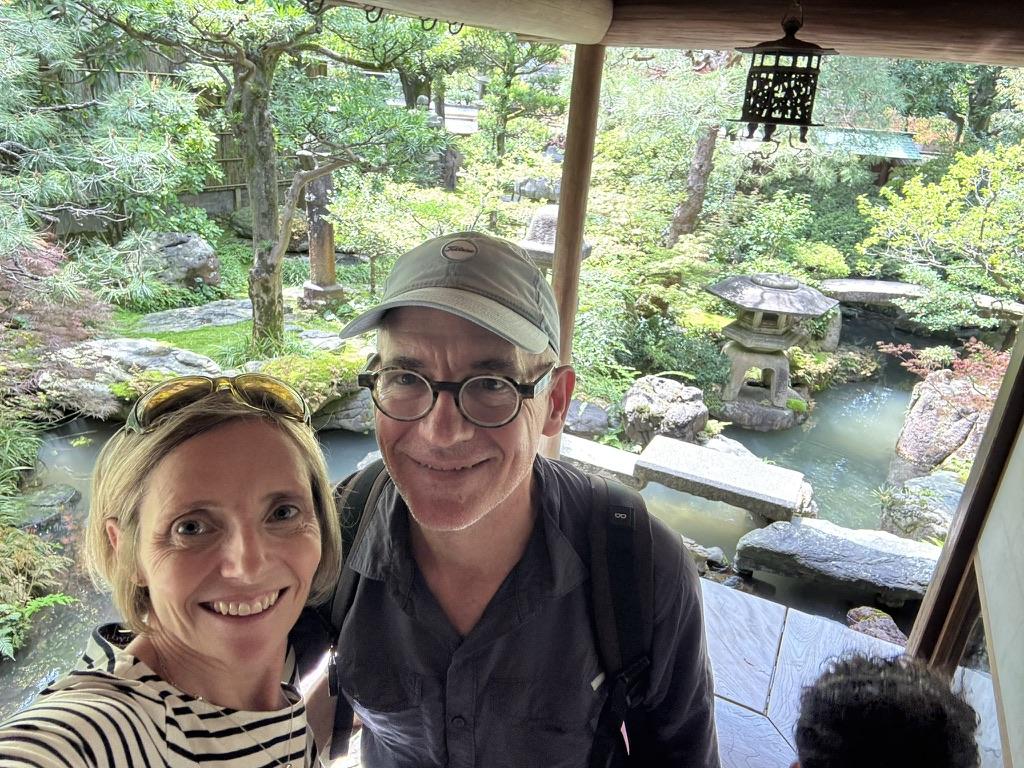
One of the restaurant tips from Cubbyhole was Agiyao, hidden away in a tiny non-descript building. This is where my Japanese character recognition has been invaluable! We entered the tiny 10 seat space and the chef/owner quizzically checked whether we were in for sashimi… ahhh yes please!!! It was the standout, most amazing sashimi we’ve had, in the most authentic relaxed environment… one of those meals that you want to savour by not eating for the rest of the day. 3 cheers for Cubbyhole!!!
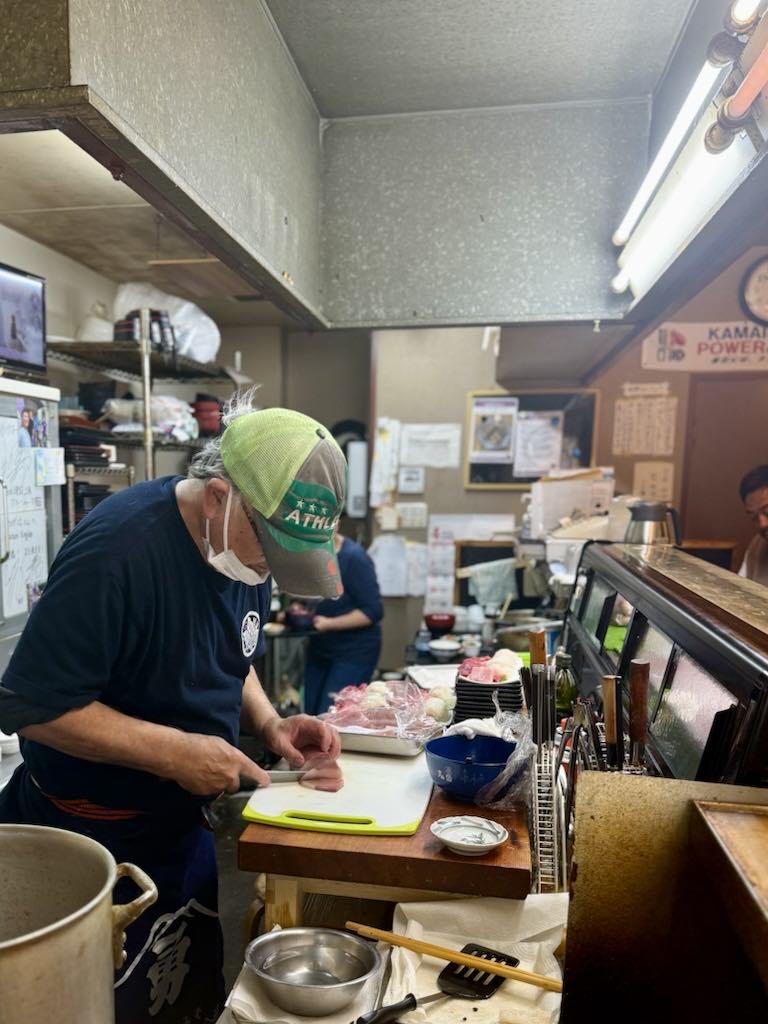
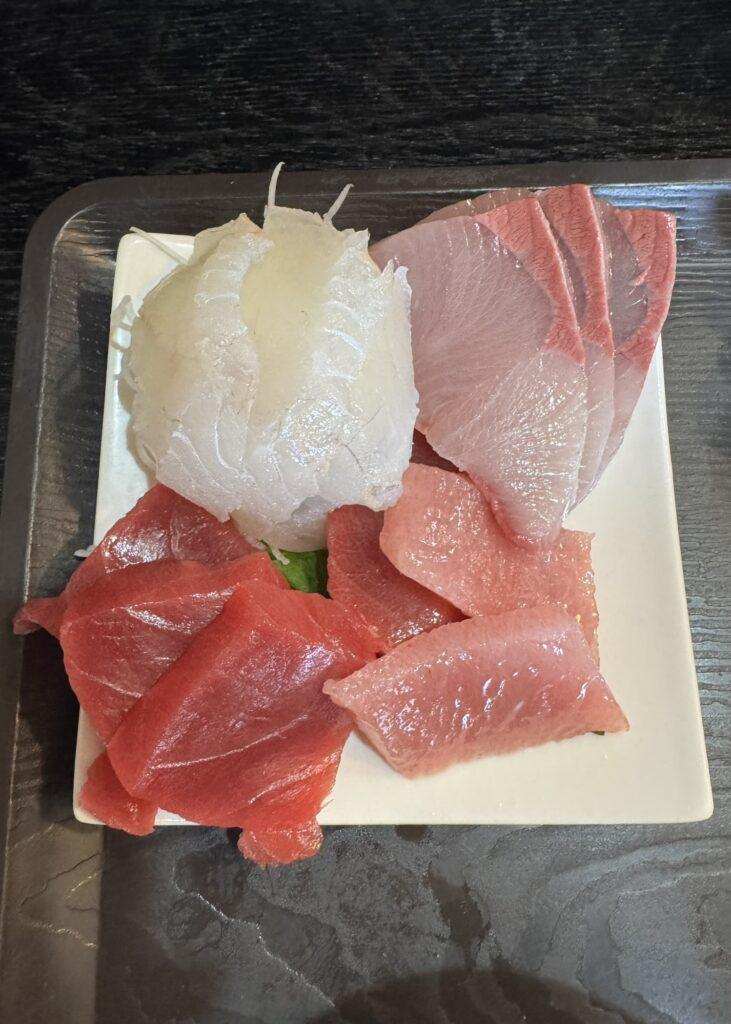
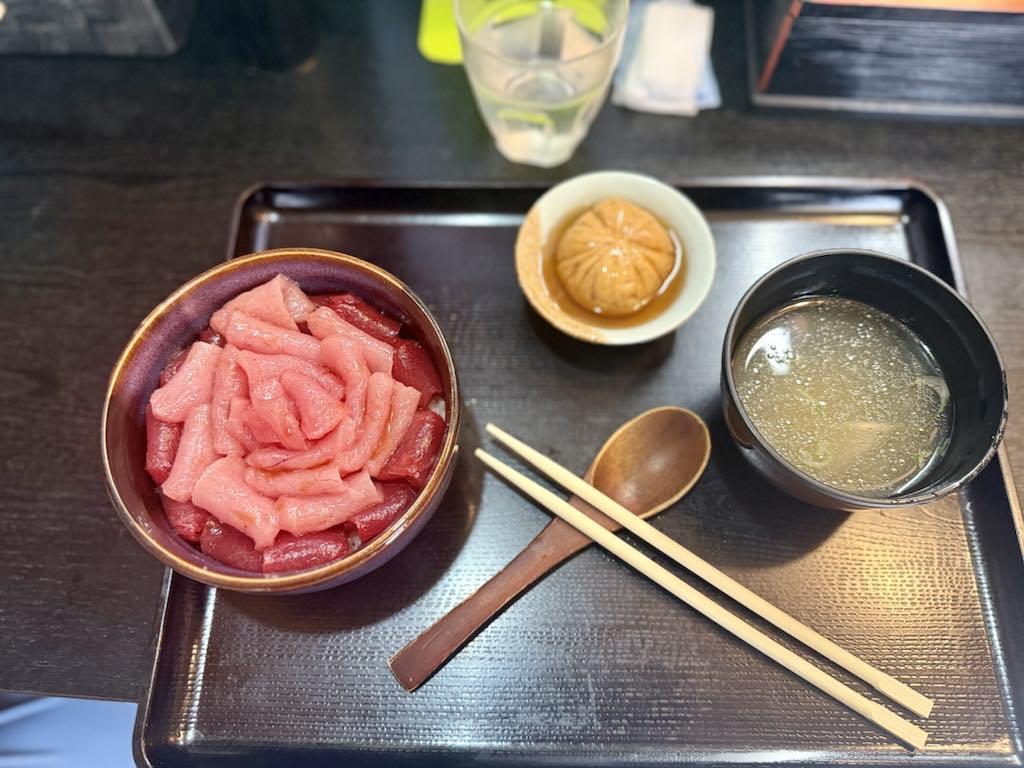
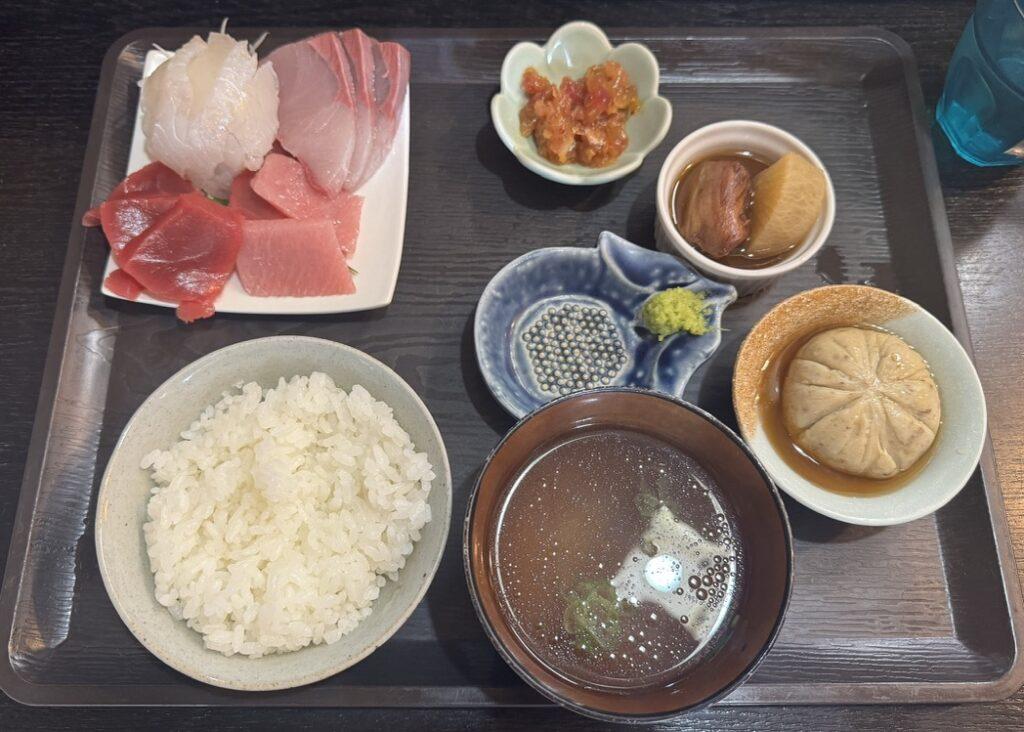
On a side note, my radar for blood donation centres around the world continues. We happened across the Kanazawa ‘Cube Room’. Interestingly, when the blood bank was first established in Japan donors had priority then they required a transfusion. Private blood banks also existed and paid people for donations, however this led to social problems and poor quality blood. Unintended consequences!
Since 1982 the system has been voluntary and unpaid and strict compliance is in place for the industry, making it stable and efficient. Japan now plays a key leadership role in the Asian region.
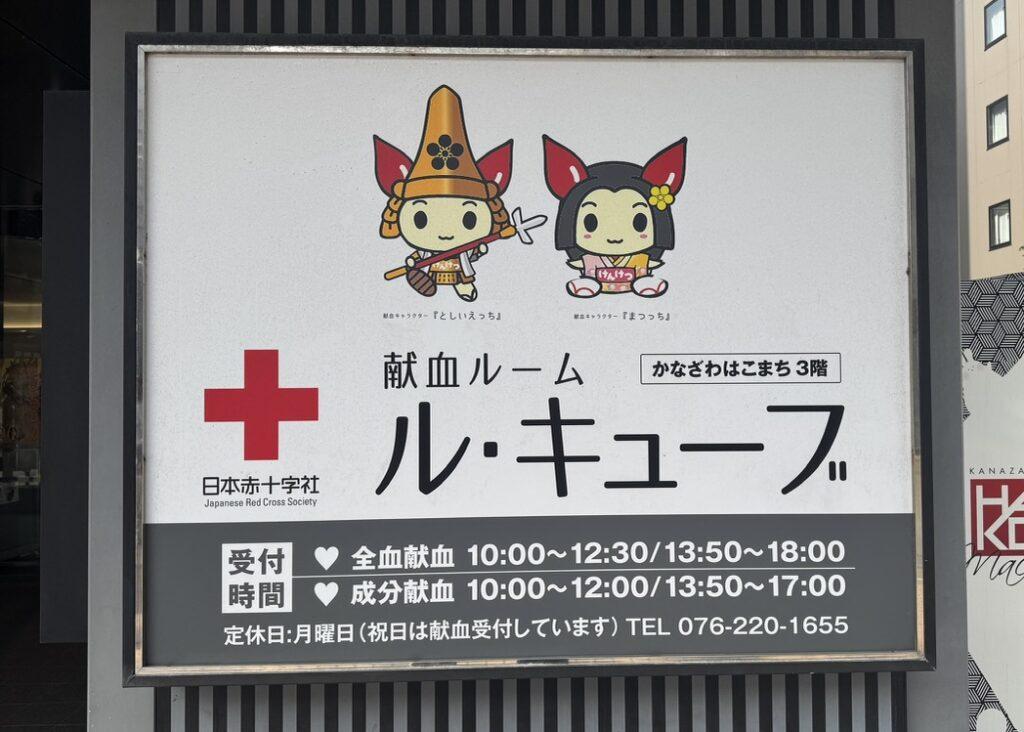
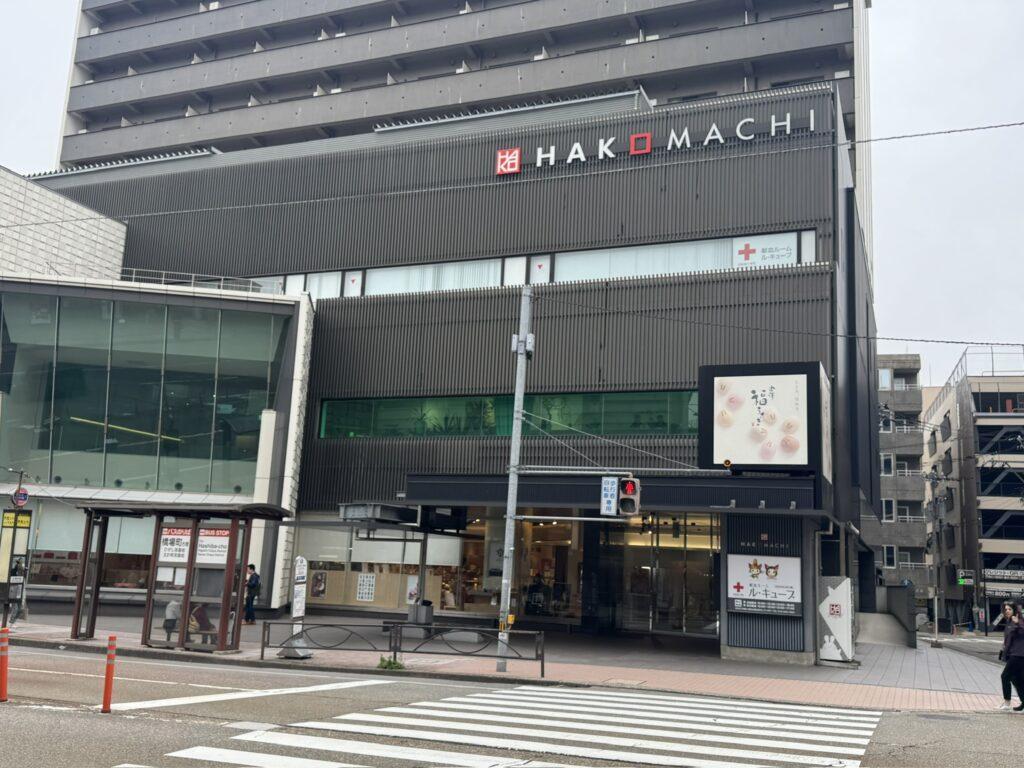
Love M & A xx

Comments are closed